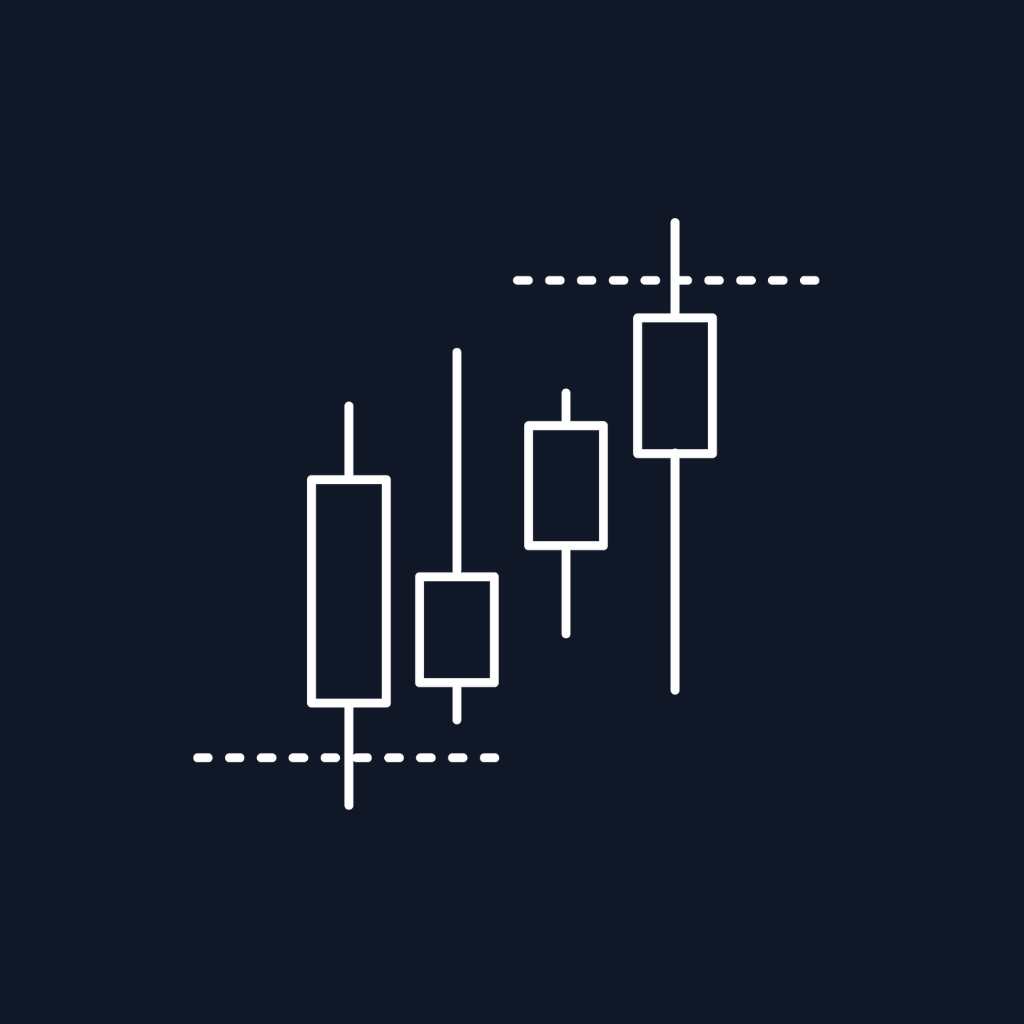Introduction:
Welcome back to our "Algo Trading Unleashed" series! In the previous post, we explored the role of market makers and how they impact trading strategies. If you missed it, you can catch up by clicking here.
Today, we're diving into the realm of practical advice for algo traders. Building and managing algo trading strategies requires a systematic approach, risk management, and continuous optimization. We'll share actionable tips to help you refine your trading systems and make informed decisions.
Risk Management is Paramount:
Effective risk management is the bedrock of successful algo trading. Here are some key principles to follow:
-
Position Sizing: Determine the size of your positions based on your risk tolerance and account size. Avoid over-leveraging, which can lead to significant losses.
-
Stop-Loss Orders: Always use stop-loss orders to limit potential losses on trades. Define your stop-loss levels before entering a trade.
-
Diversification: Spread your risk by trading a portfolio of strategies and instruments. Diversification can help reduce the impact of losses in one area.
-
Continuous Monitoring: Regularly monitor your trading systems and adjust risk parameters as needed. Be prepared to intervene if a strategy is underperforming or experiencing excessive drawdown.
Backtesting and Optimization:
Backtesting is the process of evaluating a trading strategy using historical data. It's a critical step in strategy development. Here's how to approach it:
-
Use Quality Data: Ensure you have high-quality historical data for accurate backtesting. Consider factors like slippage and transaction costs.
-
Optimization: Test various parameters and settings to optimize your strategies. However, be cautious about over-optimization, which can lead to curve-fitting.
-
Out-of-Sample Testing: Reserve a portion of your data for out-of-sample testing. This helps ensure your strategy performs well on unseen data.
Staying Informed:
Stay updated on market news, events, and developments that can impact your trading. Here's how:
-
News Sources: Regularly check reliable news sources and financial news platforms for updates on markets, economic indicators, and geopolitical events.
-
Event Calendar: Use an economic calendar to track upcoming events that could influence your trading instruments.
Continuous Learning:
The world of algo trading is constantly evolving. Here's how to keep learning and improving:
-
Courses and Resources: Consider taking online courses or accessing resources on algo trading to enhance your knowledge.
-
Community Engagement: Join trading communities and forums to exchange ideas, strategies, and experiences with fellow traders.
What to Expect Next:
In the final blog post of our series, "The Journey to Emotionless Trading," we'll summarize key takeaways from the entire series and reflect on the journey from emotional trading to algo trading. We'll also encourage you to take action and apply the knowledge you've gained.
So, stay tuned as we wrap up our journey towards mastering emotionless trading with Algo Trading Unleashed!










